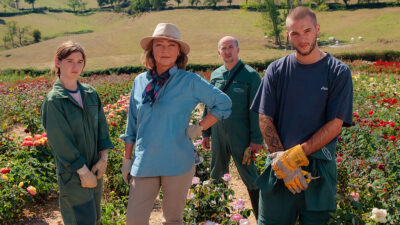CHARLOTTE co-directors Tahir Rana and Éric Warin, screenwriter David Bezmozgis and producer Julia Rosenberg will participate in a virtual Q&A on Sunday, April 24. Johanna Schneller of the Globe & Mail will moderate. Click here or scan the QR code below to register.




















